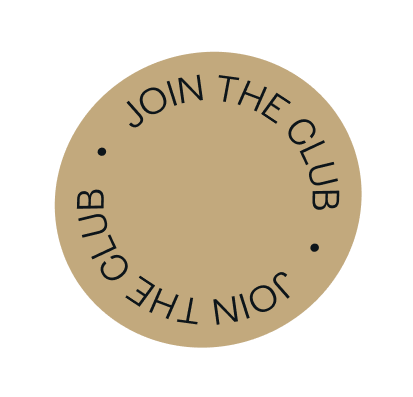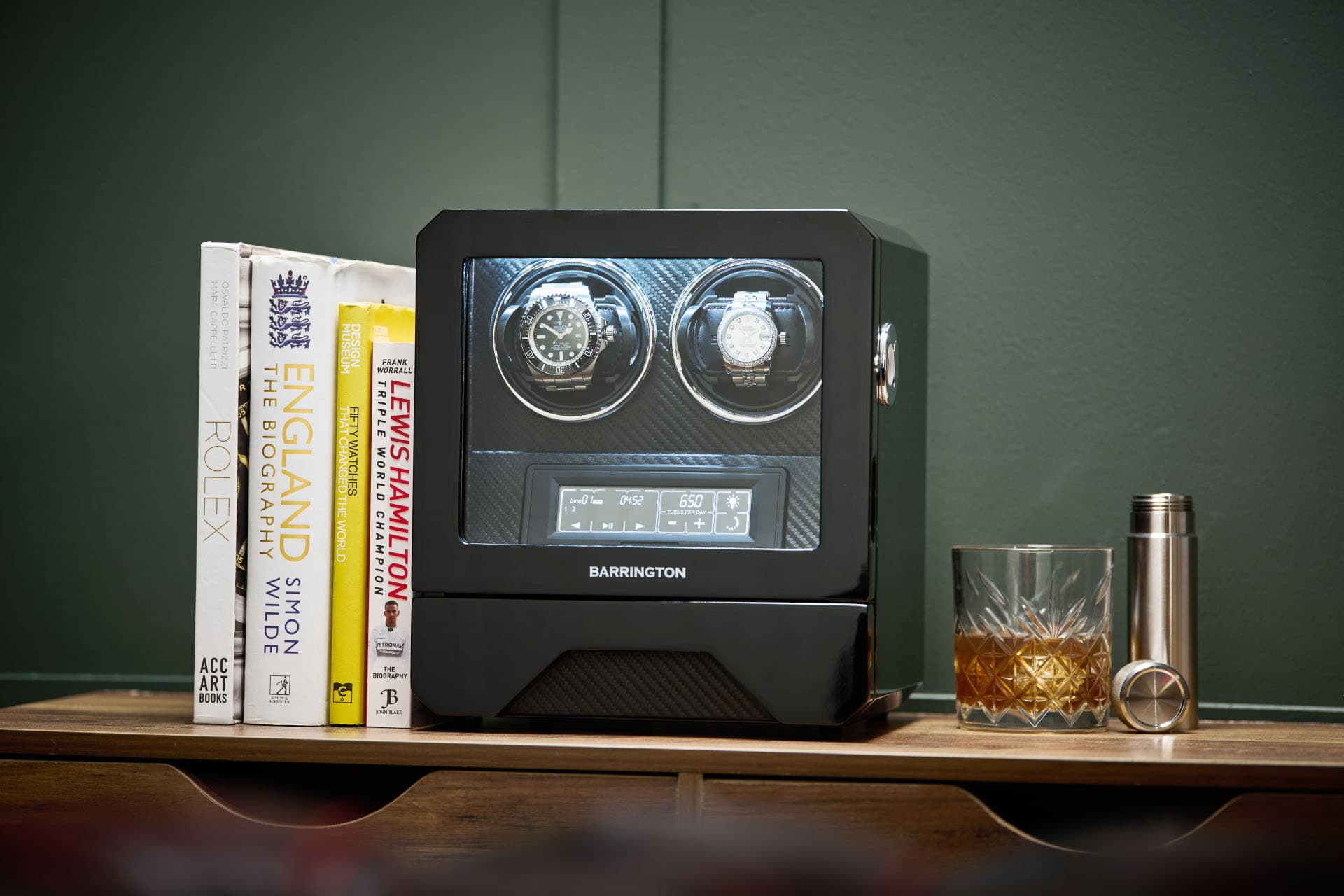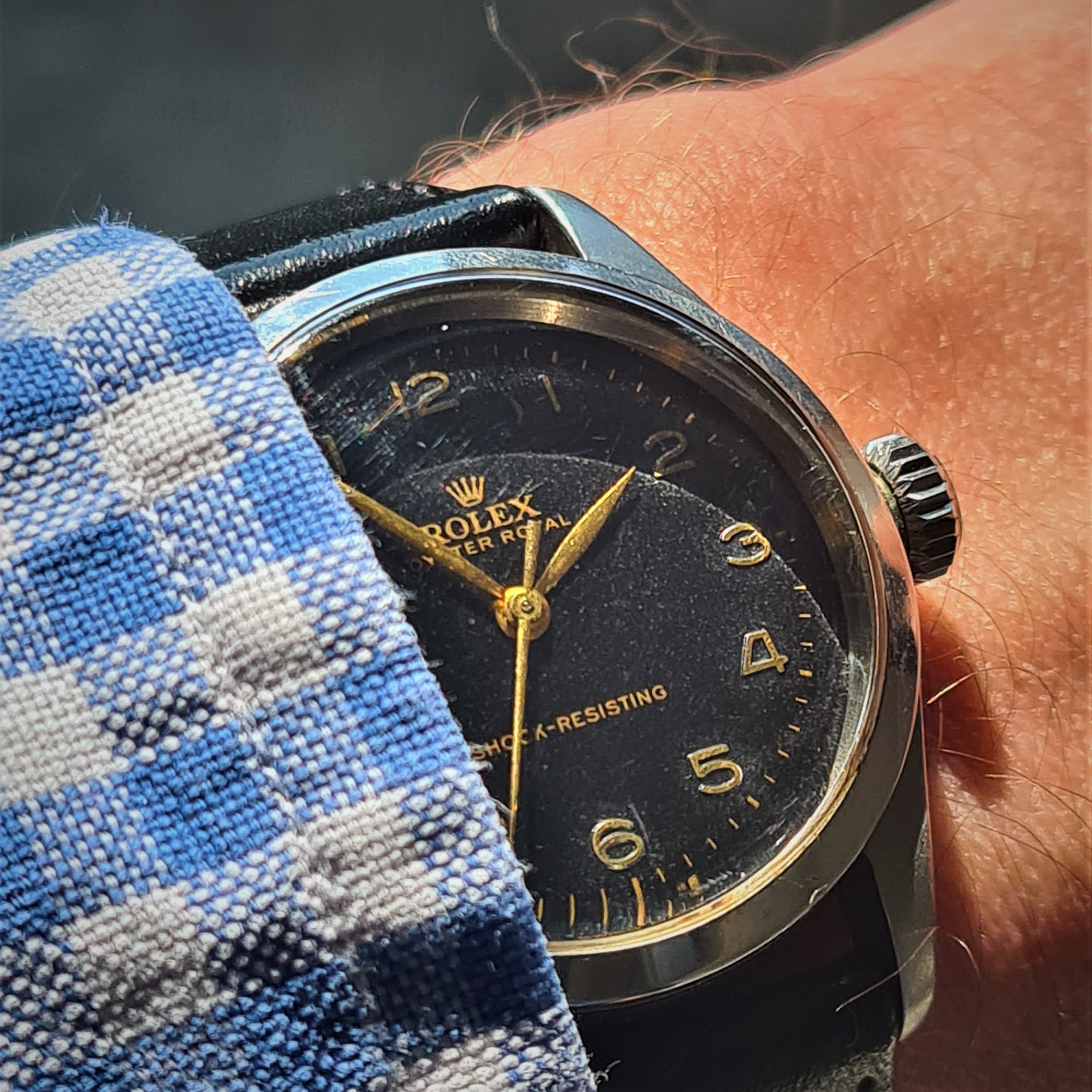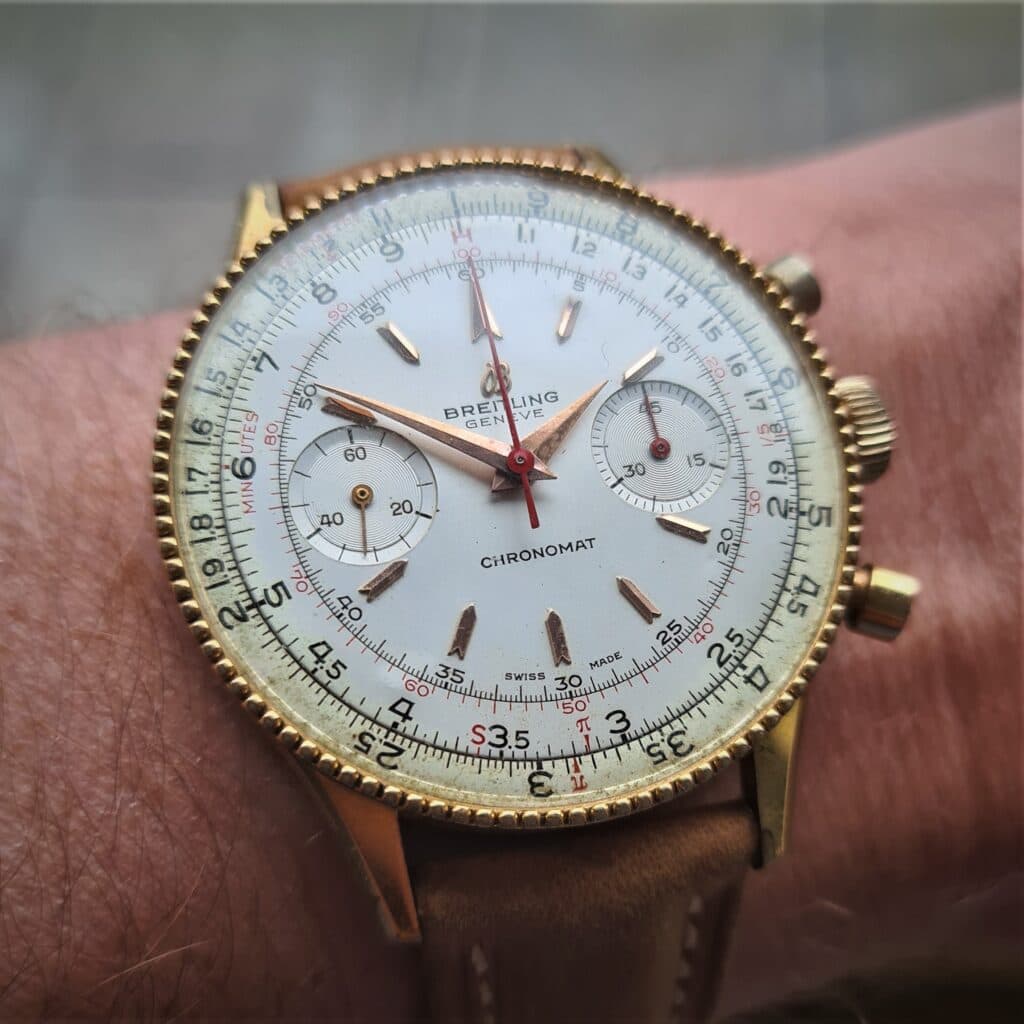In the world of watches many things are tried to make a watch stand out. One of the most obvious is the accuracy of time keeping. Unfortunately, it is very hard to tell by looking how accurate a watch may be over any short period of time. Quality mechanical timepieces need to be judged over days, not hours. You may have wondered how you know if the watch you are buying actually keeps good time.
Watchmakers have long used independent organisations to judge the accuracy of movements to help prove to customers that they are making great watches. The largest certification organisation is called the Contrôle Officiel Suisse Des Chronomètre, or the C.O.S.C. When certified, a watch can be referred to as a Chronometer. Today we will explain what this means, and what the different chronometer certifications are.
What Is A Chronometer
Chronometer tests prove that a watch is accurate and it will retain its precision timekeeping over a long period of time. The tests record a watch movement running at two different temperatures and in six different positions to mimic the way it will behave when it is on someone’s wrist.
The reason two different temperatures are used is because metal expands or contracts depending on temperature. Since watches are almost entirely comprised of metal parts, accuracy can be affected by changes in temperature. Different positions are tested to ensure the watch will remain accurate while in daily use.
The COSC conducts the tests over a period of around 2 weeks, and the watch movements have to remain accurate to within 6 seconds per day, either slow or fast. The organisation only does these tests on the movements, or mechanisms, of the watch themselves. They are not in the case at the time the tests are done. They also do not make the results public, they are given only to the manufacturers.
 Breitling Superocean Heritage 57 Rainbow - COSC certified
Breitling Superocean Heritage 57 Rainbow - COSC certified
Superlative Chronometer and Master Chronometer
A few Swiss companies take things even further. Rolex and Omega have their own strict tests that their watches have to pass to be called a chronometer. The main difference for these increased tests is that the watch movements are put back into their cases as if they were to be delivered to the customer, they are then fully tested again. The tests involve the position and temperature of the watch, but also pressure testing the watch and its case for waterproofness.
This is especially relevant for both Rolex and Omega’s line of dive watches, where there is a chance the customer may be a professional diver, and use to watch at quite significant water depths.
 Rolex Submariner - Superlative Chronometer
Rolex Submariner - Superlative Chronometer
Omega have one final difference from both Rolex, and the C.O.S.C test, as they put the watch through a very significant magnetic field. This proves the watch’s accuracy and reliability could not be affected by any of the magnetic fields that watch will come into contact with everyday use. Omega also have a service where the customer can look up the test results of their watch, using a dedicated certification number. This service is unique to Omega.
Other certification standards exist; one in Glashütte, the centre of German watchmaking, and one run by Seiko in Japan for their Grand Seiko line of watches, as well as others in Switzerland itself.
The following table shows the differences between some of the standards, courtesy of watch wiki.
 Source: watch-wiki, and the table can be found here.
Source: watch-wiki, and the table can be found here.
These standards are very high. For Rolex to promise that their watch keeps time between minus and plus two seconds, every day, even when its power reserve has fallen, even when it has been left to one side for a while, and even when it is in a tough environment, is an incredible achievement. This is also true for Omega’s success, even though they use a wider range for the timing.
These high-performance machines are the culmination of 60 years of hard work and constant innovation. In Rolex’s case, all of the movements pass this test, and become what they call a “Superlative Chronometer”. Omega call theirs “Co-Axial Master Chronometer”. Not all Omegas meet this designation, as Omega make a wide range of watches of differing levels of quality.
The Omega standard was developed in conjunction with an institution in Switzerland that is in charge of a wide range of testing and measurements, known as METAS. They have made it possible for other watch companies to also apply for this independent standard using the testing facilities that Omega has manufactured.

Other Swiss Certifications
Most companies in Switzerland wishing to create certified chronometers use the C.O.S.C and are satisfied. Some famous names that also have tests with higher standards than the C.O.S.C are Vacheron Constantine and Patek Phillipe. You may know these brands, alongside Rolex and Omega, as brands that feature at the very highest end of Swiss watchmaking. This is because there are no shortcuts to making watches that perform in this way. These certification processes show customers the quality of these timepieces.
You should be aware that this has been a long process. And there are many chronometer certified watches made in decades past that were made to these high standards. If you come across a watch that states it is a chronometer on the dial, or the seller is maybe suggesting it, it is worth researching exactly what this meant at the time the watch, was created.
It is often possible to get a good bargain, looking out for this simple word, because many people assume the word does not carry much significance. It both carries significance both now and in the past. We at The Watch Collectors’ Club do not believe that it is necessary to have a certified chronometer, there are many high-quality watches available at any price that are not certified. We also believe that any claim of Certification should be checked, especially for vintage watches.
If you are interested in more helpful info like this, please make sure you are subscribed to our mailing list, and follow us on Facebook, LinkedIn and Instagram.
Continue exploring
Dive into more content from The Watch Collectors Club.







